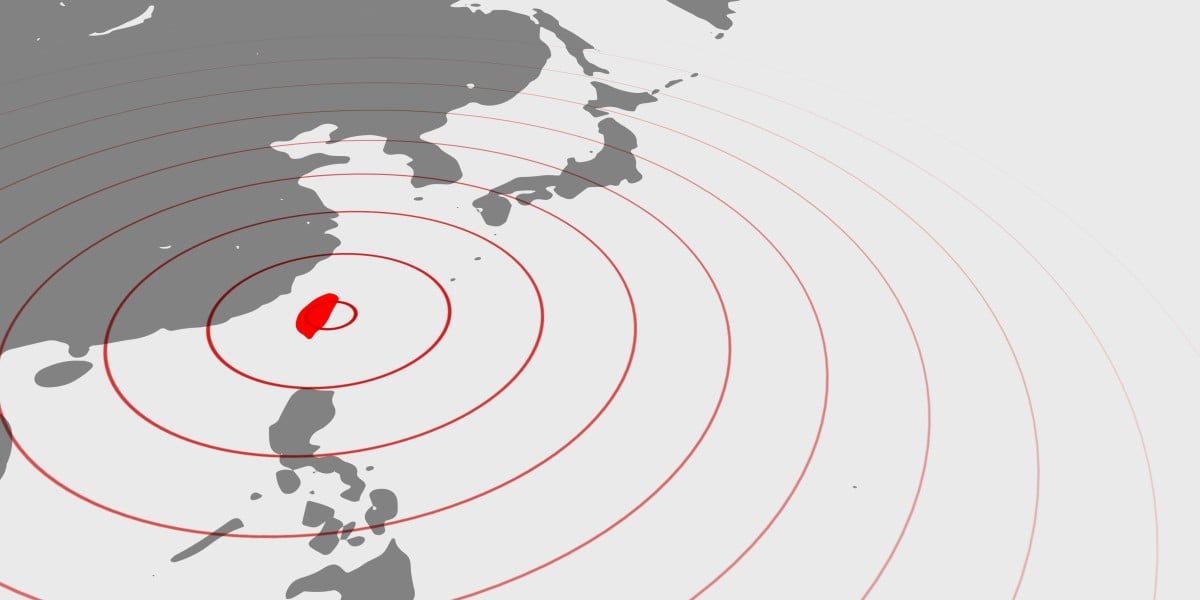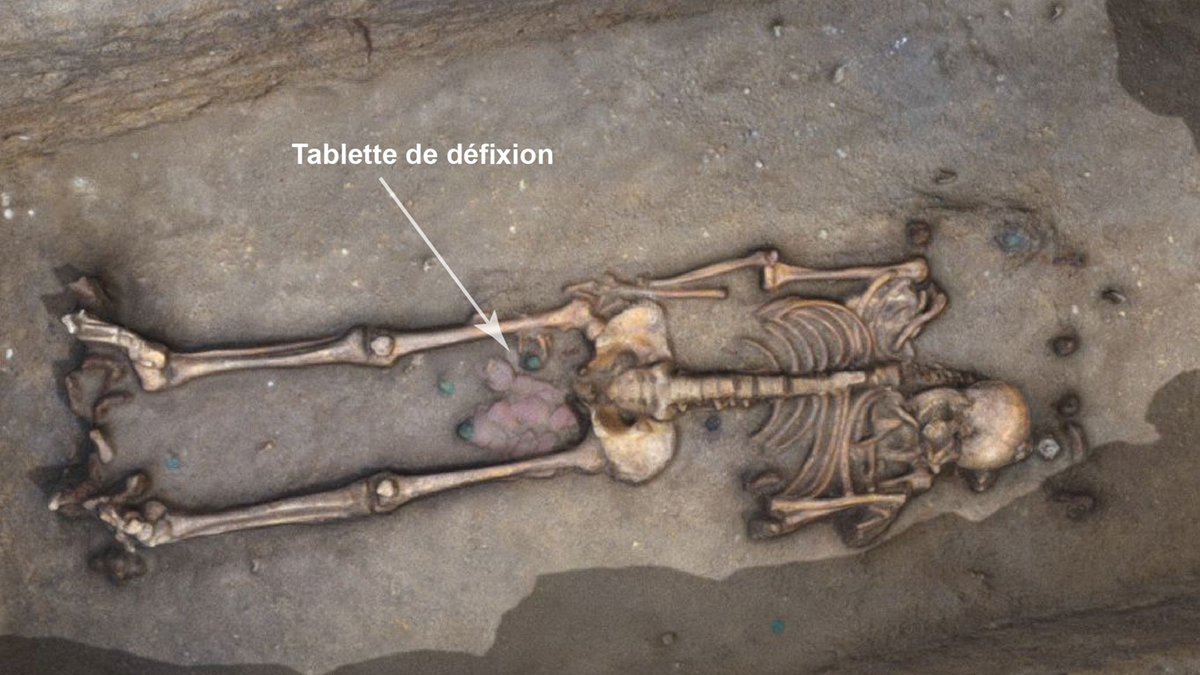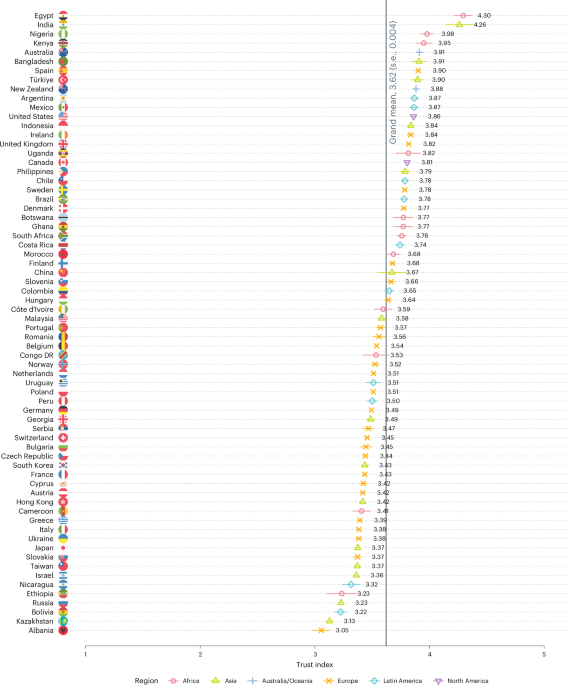
The Energy Storage Fiasco -- How Soon Will It Be Abandoned?
Energy from the wind and the sun — they’re clean and green and free. OK, there’s the small problem of intermittency. But clearly the intermittency problem can easily be solved with a few batteries to store some power for the occasional calm nights.
Or is that solution really so easy? Regular readers here will know that I wrote an energy storage Report, titled “The Energy Storage Conundrum,” published by the GWPF back in December 2022. After some straightforward calculations based on elementary-school-level arithmetic, that Report concluded that the amount of storage needed was so large, and the costs so completely unaffordable, that energy storage was totally infeasible as a way to make wind and solar work as the main power sources for an electricity grid. Calculations set forth in that Report concluded that the amount of energy storage needed to enable a predominantly wind/solar grid to get through a year without hitting a blackout was in the range of 500 to 1000 hours of average electricity usage. Keep that range in mind for the rest of this post.
Paying no attention whatsoever to my warnings, and not troubling themselves to do any simple arithmetic of their own, the states of New York and California have chosen to forge ahead with plans for predominantly wind/solar grids backed up by batteries. Multiple years into the project, neither state is anywhere near to building 1% of the energy storage that would be needed to make their fantasy systems work. But even in these very early stages, they have both blundered into an additional and unanticipated problem: catastrophic fires.










